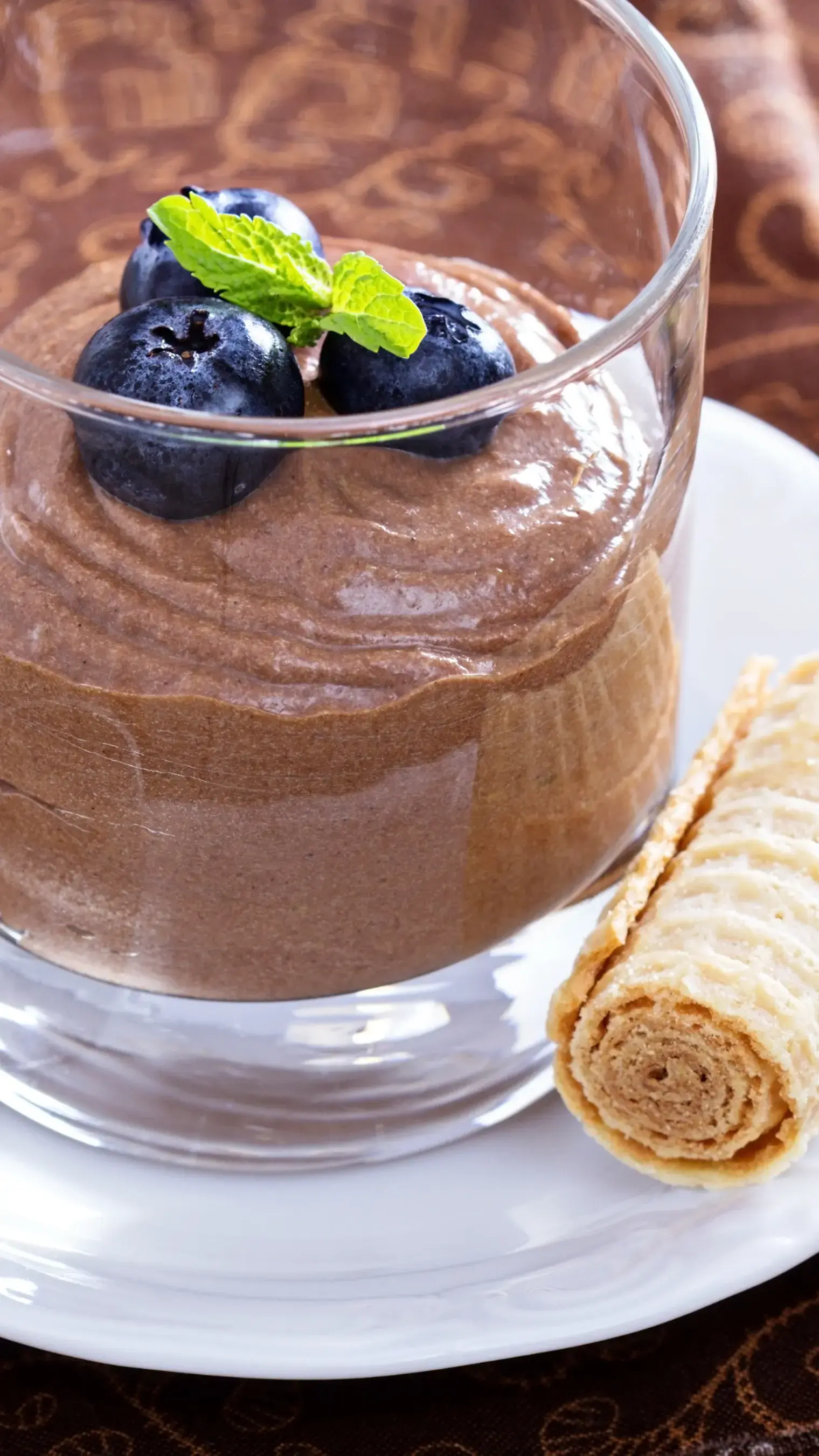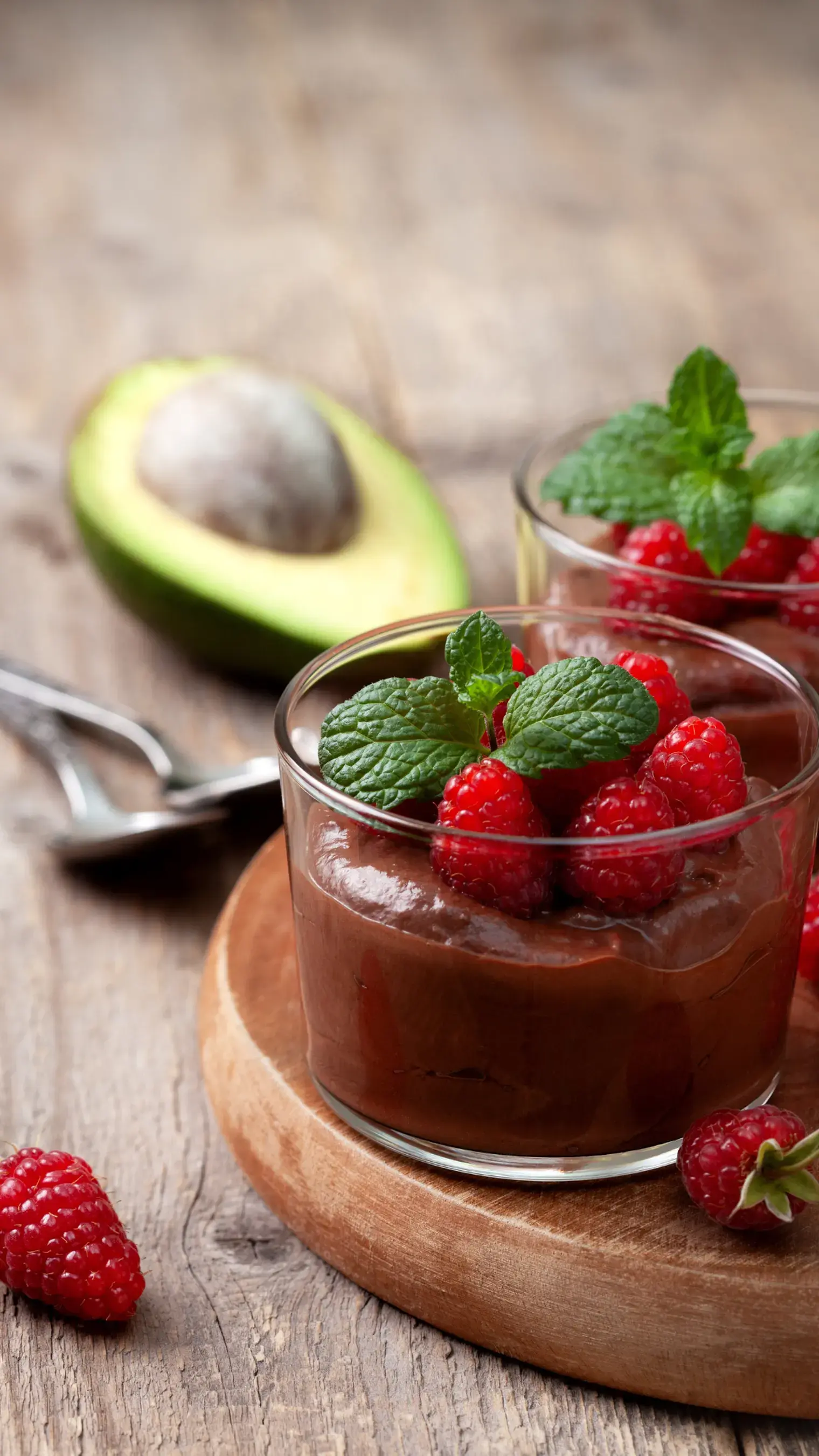Make the perfect batch of chocolate fruit custard for summer with the perfect guide on which fruit to add or avoid to get the perfect custard
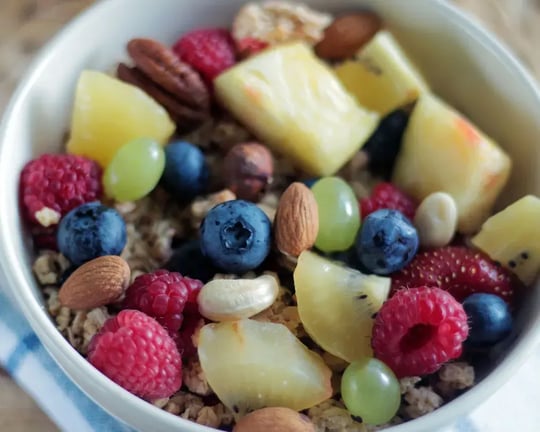
Chocolate custard is an amazing summer dessert that is dense, velvety, and rich with chocolate whether you use cocoa powder or dark chocolate bars or chocolate chips. It is already quite wholesome on its own and doesn’t leave much room for error when adding fruit. Some fruits boost its appeal, while others ruin it, making the whole thing taste confusing or just plain unpleasant. If you want to get the most out of a serving of chocolate custard, whether it’s homemade, store-bought, or part of a bigger dessert, here’s a no-nonsense look at the fruits that actually work, and the ones you should keep far away.
What Works
1. Bananas
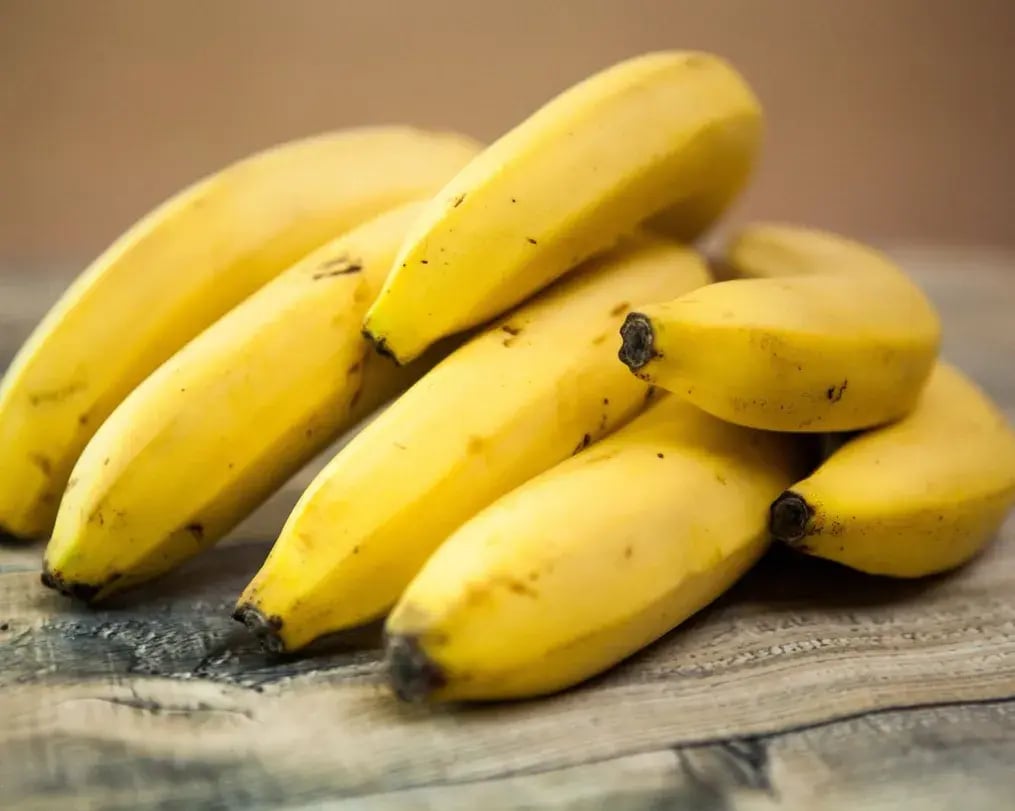
Bananas is the chameleon when it comes to desserts and especially so when chocolate is involved. The banana’s natural sugar and softness make it one of the easiest fruits to serve with custard or in it. It doesn’t try to take over the dish, it supports it. Use fresh slices, added just before serving. Skip it if the banana is mushy or bruised, that will not work for a chocolate custard and instead make everything taste off.
2. Strawberries
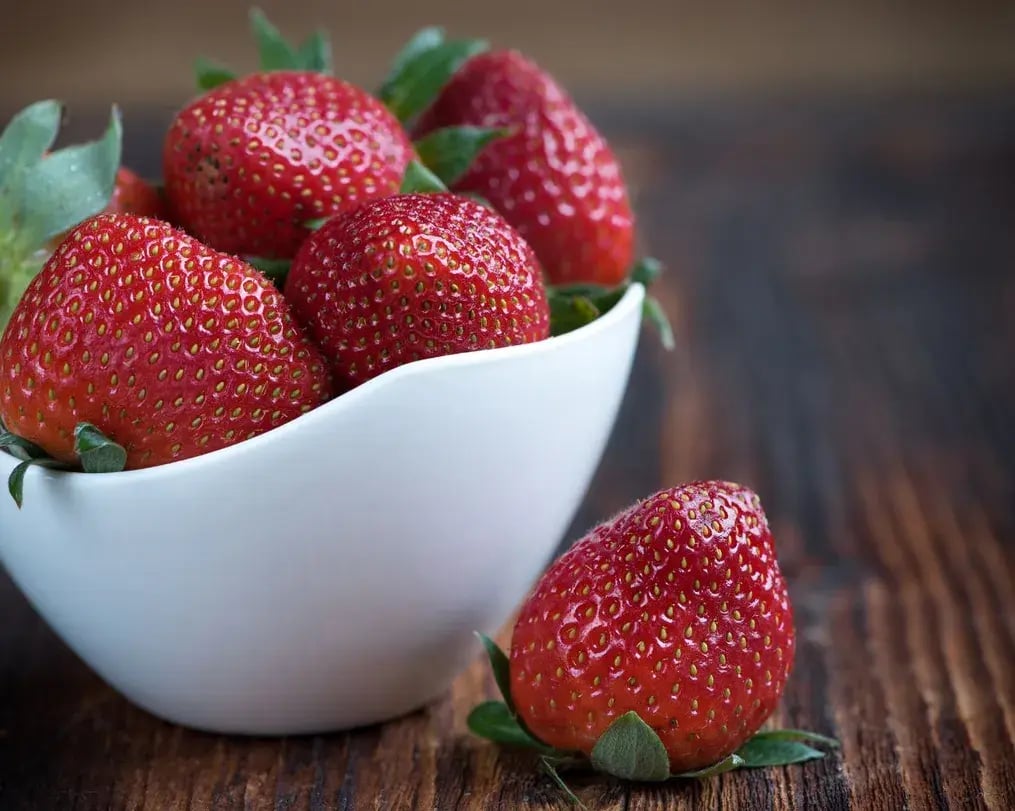
There’s a reason strawberries show up next to chocolate again and again. They’re sweet, a little sharp, and easy to bite into. When paired with custard, they offer a clean break between spoonfuls, something that keeps the chocolate from getting overwhelming. Use them halved or quartered, depending on size and avoid the giant ones that taste more like water than fruit.
3. Pears
Pears don’t always get the spotlight, but when they’re ripe, they make a great partner for chocolate. Their mild flavor doesn’t overpower anything, and the juicy bite adds something clean to the mix. They’re also reliable, less acidic than apples, and far more forgiving. Pick a firmer type of pear with a mild flavour and slice it thinly. Avoid ones that are too soft or gritty.
4. Cherries
Cherries are amazing with chocolate, they’re sweet, wholesome and just a little sharp in flavour which cuts through chocolate in a good way. Fresh cherries bring a dark, almost wine-like note that works beautifully with rich custard. Make sure you always pit them first and serve them whole or halved.
5. Oranges
Not all oranges are a good fit for chocolate, but some, especially blood oranges or the sweeter, pink-fleshed types, are excellent. They bring a refreshing taste that doesn’t feel sour or out of place that is perfect for summer. Peel away all the white parts and separate the segments cleanly. Don’t use juice or zest here, the goal is to keep the dish grounded, not push it into artificial territory.
6. Figs
When fresh, figs are sweet in a low-key, earthy way that complements deep chocolate well. They also look impressive and don’t need much prep. Figs can soak up the chocolate custard and keep every bite interesting. Avoid dried figs unless softened, those tend to turn rubbery and mess with the feel of the dish.
7. Apples
This one’s a classic and it’s either a hit and miss with this one. Raw apples are too crisp and too bright for custard. They bring a rawness that doesn’t sit right next to something as smooth and rich as chocolate. Cooked apples could work, but now you’re changing the whole dish, might as well bake a pie or cake.
What Doesn’t Work
1. Pineapple
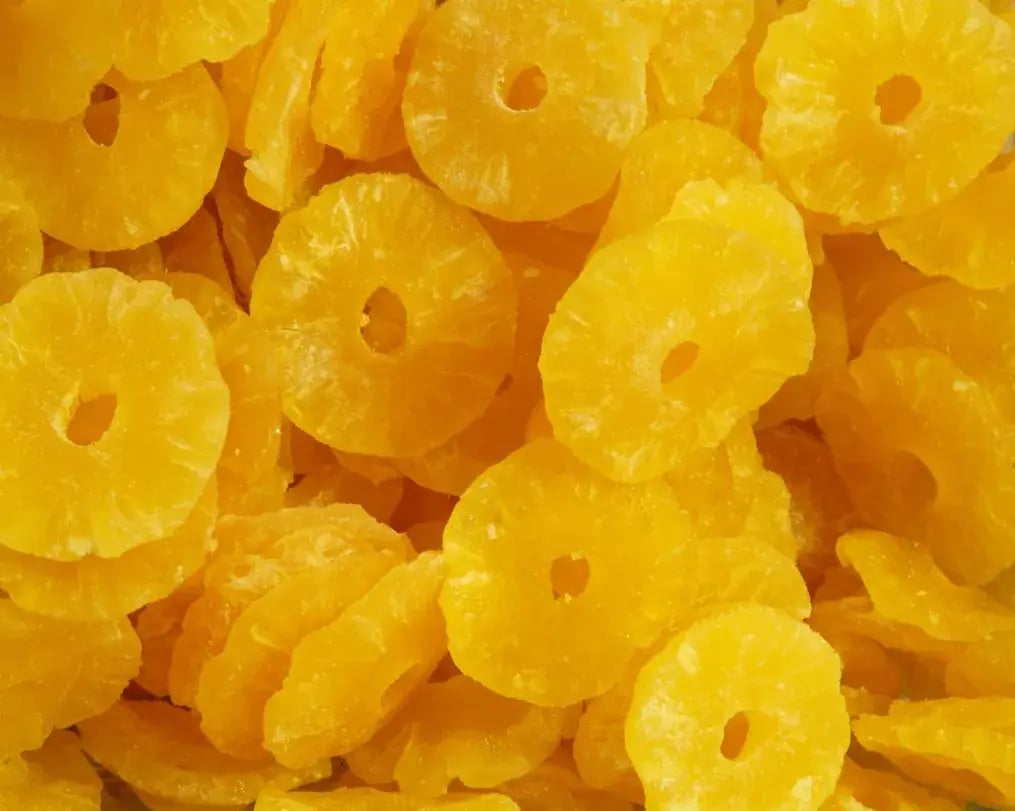
Pineapple has a sharp, tangy edge that doesn’t sit well with chocolate. It tends to take over the whole dish, and not in a good way. Plus, the strong juice leaks into the custard, making everything taste confused.
2. Kiwi
Kiwi may look good on a plate, but its flavor is more aggressive than people expect. When mixed with something rich like chocolate custard, it turns sharp and almost metallic. Also, it has an enzyme that messes with dairy-based things over time, making the custard go weird if it sits too long.
3. Grapes
Grapes are sweet, but not in a way that works here. The skin adds an odd snap that feels wrong next to creamy custard. Also, their flavor is too simple to stand up to the cocoa flavor you end up with something that tastes watered-down.
4. Watermelon and Other Melons
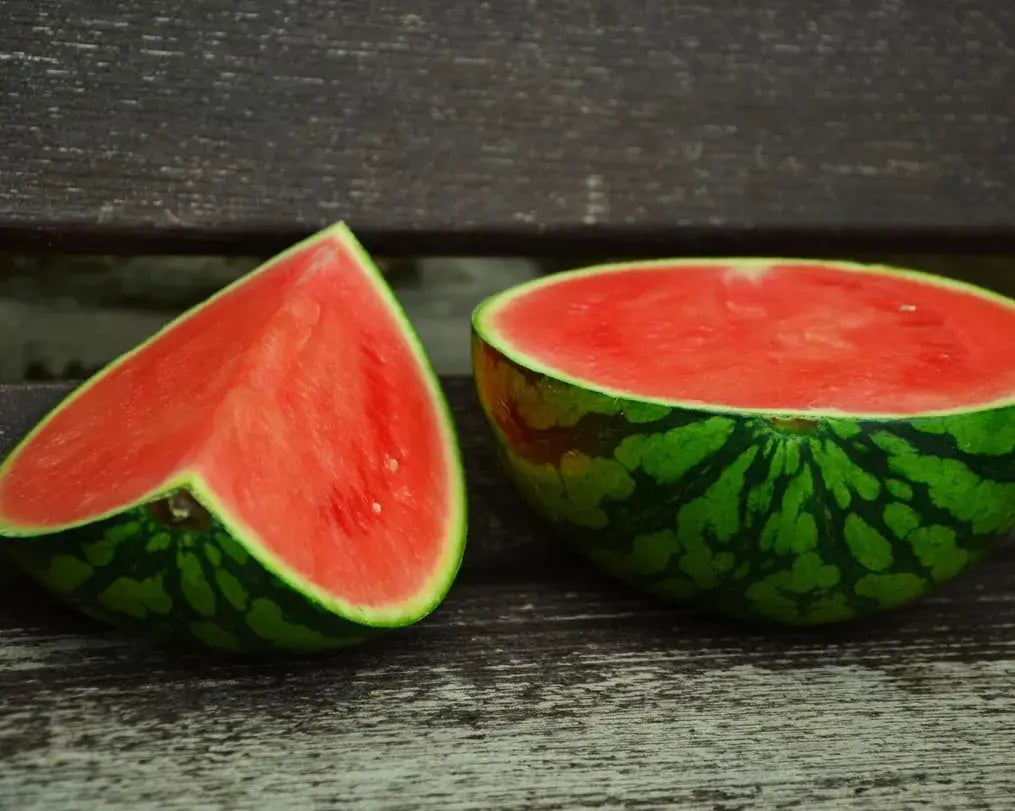
Melons are mostly water. They don’t do anything for the taste and tend to dilute the chocolate. On top of that, their flavor is too faint to add anything useful. Watermelon especially turns everything around it into a soggy mess.
5. Blueberries
This might be surprising, but blueberries rarely hold up well, for the burst of flavour in your mouth with a spoonful of the custard might seem way too excessive. Unless they’re in season and packed with flavor, they tend to be dull and their skins get in the way. They don’t add much, and when they burst, they make the custard look murky.
Like This Article?
More Like This
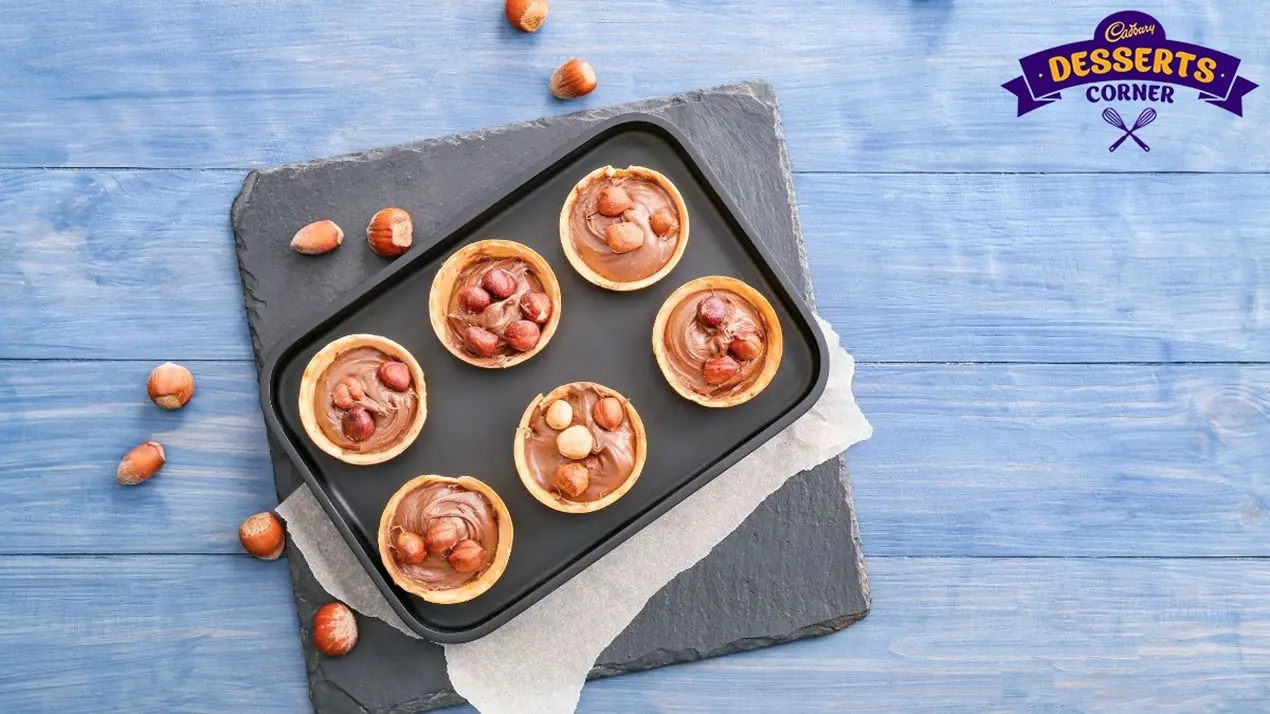
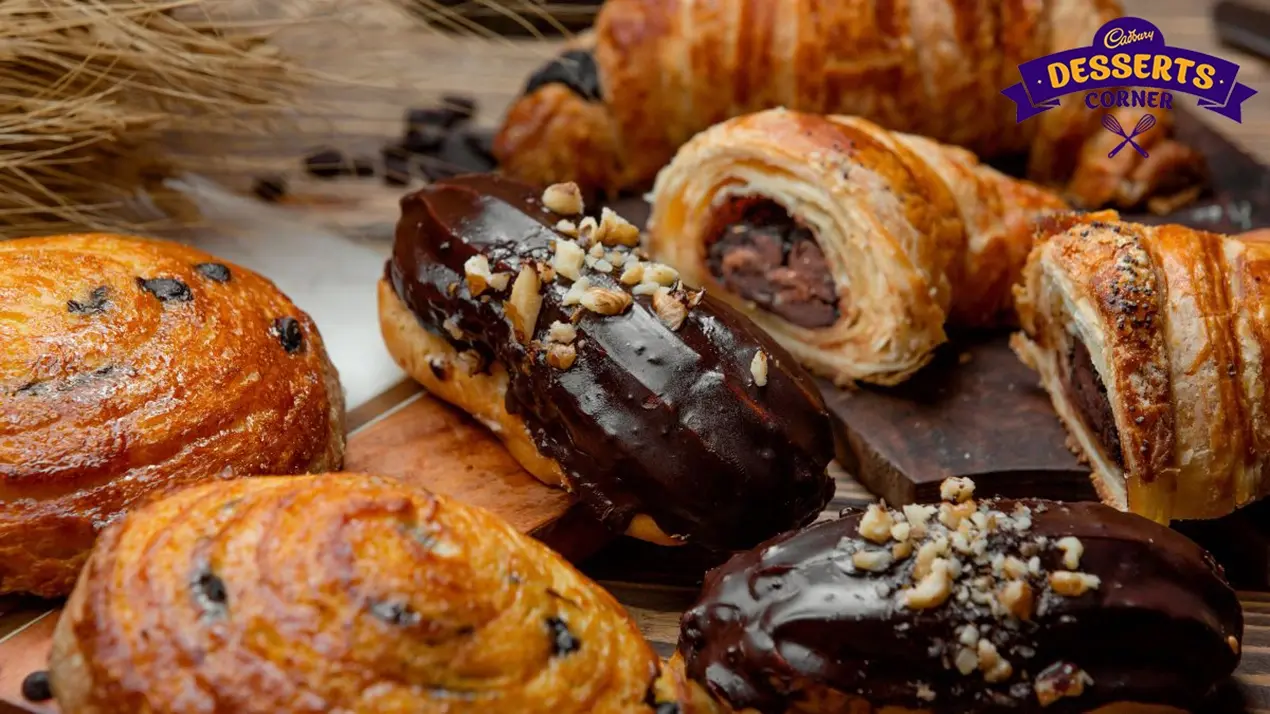

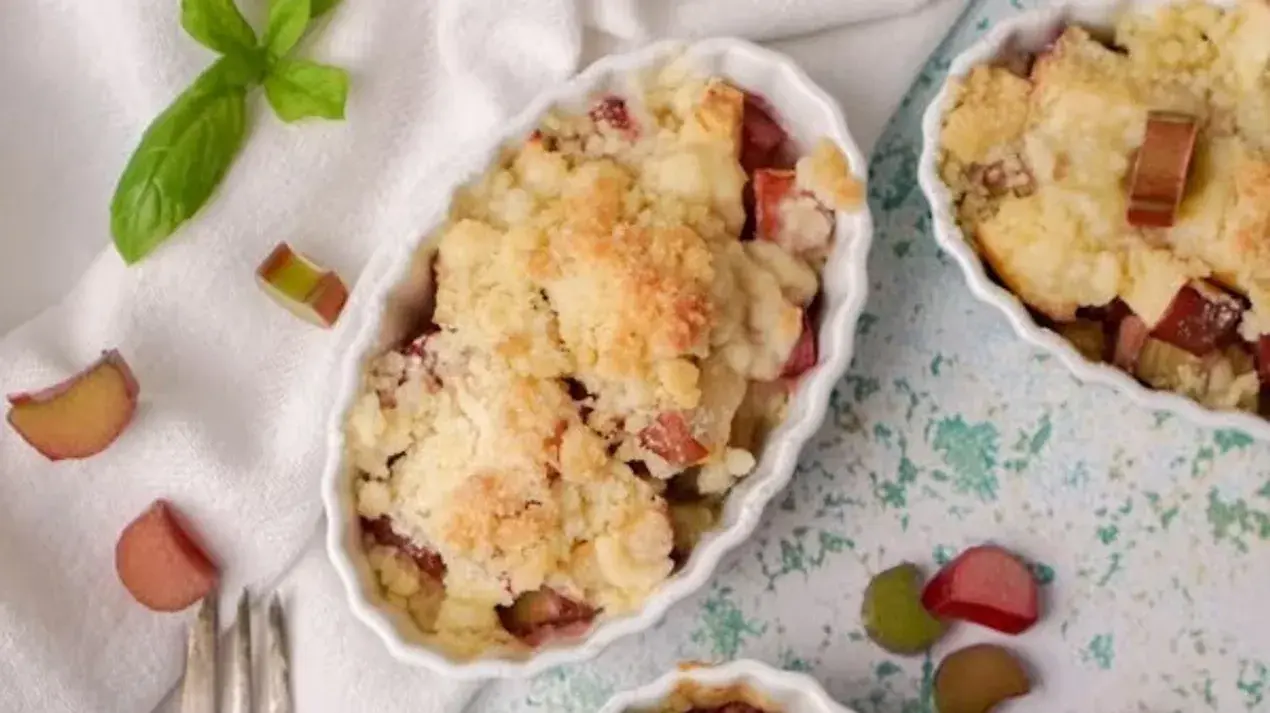
Popular Articles





Trending Web Stories
Curated Recipes

















